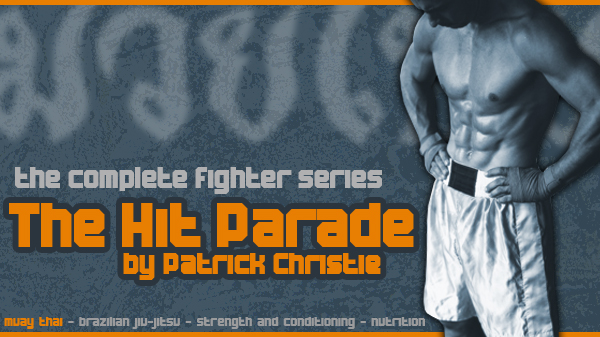For those with the time and finances to make the 8,000 mile trip from the US to Thailand it may very well be the most impactful piece of training any Nak Muay, the Thai translation for "Thai Boxer", can make. The country is alive with the sounds, sights, and smells – yes, there are very distinct scents in the sport like liniment oil – of muay Thai. What baseball is to America "boxing", as the Thais call it, is to the Land of Smiles, its sport, economy, culture, and history. It's "theirs" and they are very proud of it.
In a land rich in muay Thai tradition and history where does a Westerner go to train? There are thousands of gyms throughout the country – small and large, rural and urban – so how does one choose? And how do students of the Art choose which region to train in when each region has its own "style"? While there is plenty of data available on the internet explaining the regional styles in more detail, I'll give a quick overview of each:
Muay Pra Nakorn – the "Northern" style. Emphasizes speed, especially in kicking. This is a fast-paced style; often referred to as "Ling Lom", or "windy monkey".
Muay Korat – the "Northeastern" style. Emphasizes strength and power in all techniques.
Muay Lopburi – the "Central" style. Emphasizes movement in the ring.
Muay Chaiya – the "Southern" style. Emphasizes defense and posture and implements more elbow and knee strikes than punches and kicks.
(Some information provided by the Dynamite Fighting Systems website)
So now that you have four choices just in style, how do you weed through the thousands of gyms and camps available for "farangs" (pronounced "fah-rang", meaning Westerner; also spelled "falang")? Part of the decision is personal choice, part of it is geography. While Thailand is not a terribly large country it isn't always easy to travel to the rural camps. Many first-time visitors tend to stay near Bangkok or travel to Pattaya in the south. Both have excellent, big-name gyms to train with including Fairtex, Sityodtong, Chuwatanna, and 13 Coins. Phuket and Koh Samui have excellent training options, too, in gyms like Sinbi Muay Thai (Phuket) and Lamai Muay Thai Camp (Koh Samui).
Another easy way to pick a camp – go where your favorite fighters train. If you like Buakaw, go to Banchamek (northeast Thailand). If you think Sanchai is the best fighter on the planet, go to Sinbi or 13 Coins. Myself, I am a fan of Yodsanklai and Kaew so I went to Fairtex's camp in Pattaya. Most major centers for muay Thai not only have a ton of gyms to choose from, but they also have stadiums to spectate. Seeing muay Thai in its origin is a very special thing, and something promotions outside of Thailand simply can't provide. The emphasis is on the ring and the fighters and not so much about the production. There's no walk-out music like Vegas, there aren't light shows, and there aren't many ring girls. It's about displaying the skills of the Nak Muay in the simplest of settings – a ring, traditional Thai music played live, some folding chairs, a group of unruly fans wagering on outcomes behind a fenced-in seating area, and a Singha or Chang beer vendor.
The point of all this – if you can, spend time in Thailand: Learn from the originators and the perpetuators of this beautiful Art. Make the choice to train in the Land of Smiles and you will never regret the trip. What you gain in knowledge, respect, and humility far outweighs the cost of travel, and the memories you'll make will live with you long after you've returned.
To this day, some five years after my trip, I still remember vividly the people I went with, the trainers who developed me, the things I saw and heard and smelled, and the respect I was shown as a "farang" by the incredible people of Thailand. I've been fortunate to have seen a ton of fights, sat in some great seats, and been in the corner of some amazing athletes but nothing has, and maybe never will, compare to sitting in the front row at Lumpinee Stadium on a sultry evening in September watching the greatest sport on Earth in the land it was created.
Patrick is the Muay Thai trainer for The Art of Eight Muay Thai, the Muay Thai program of Vaghi Martial Arts and St. Charles Mixed Martial Arts. You can contact Patrick at patrick@knucklejunkies.com. Please visit teamvaghi.com and stcharlesmma.com

Chris Oth | Knuckle Junkies
The Hit Parade: Thailand
By Patrick Christie | Columnist for Knuckle Junkies




Follow Knuckle Junkies